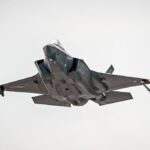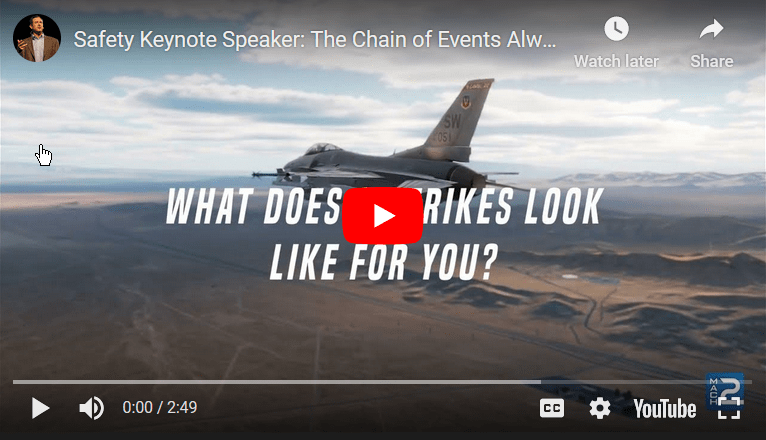
(Photo credit: US Air Force photo by Airman 1st Class Jose Miguel T. Tamondong)
An F-35A Lightning II aircraft crashed in Alaska at Eielson Air Force Base on January 28th. Fortunately, the pilot was able to eject and was later evaluated at a hospital and released.
Fairly shortly after the crash, a journalist from NBC Anchorage (“Alaska’s News Source”) contacted me and conducted a 10-minute interview on my thoughts as to how an investigation of this crash was likely to proceed. The reporter also wanted to understand how a “Chain of Events” can lead to aviation accidents and my opinion on what might have happened in this case.
You can watch that 10-minute interview here:
I also spoke about this topic recently regarding an aircraft accident I was involved in when I flew into power lines in an F-4 Phantom and survived. (Yes, you read that right!). Safety can be a dry topic, and that’s exactly why high safety standards are difficult to meet; it’s easy to forget procedures or cut corners. Industry can learn a lot from the world of fighter pilots, who have evolved ways of doing things due to the tremendous complexity and pressure that combat presents – the proven elements of checklists, a culture of safety, and continuous improvement through debriefing can ensure top performance in the most difficult of conditions.
You can watch the short version of that story
and read a complete detailed account of it here:
I wish you an incredibly productive – and safe – 2025 for you and your team!
Anthony “AB” Bourke


